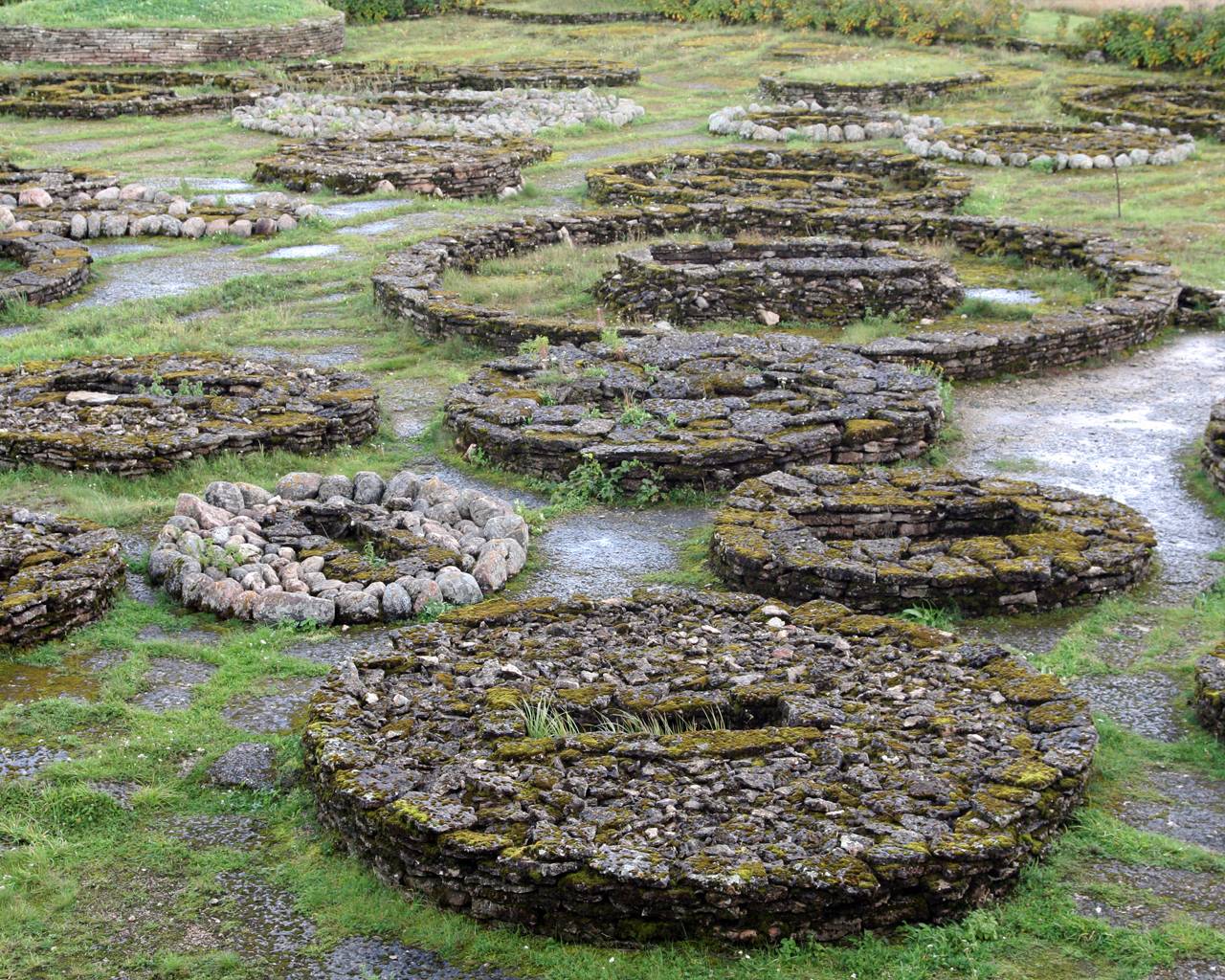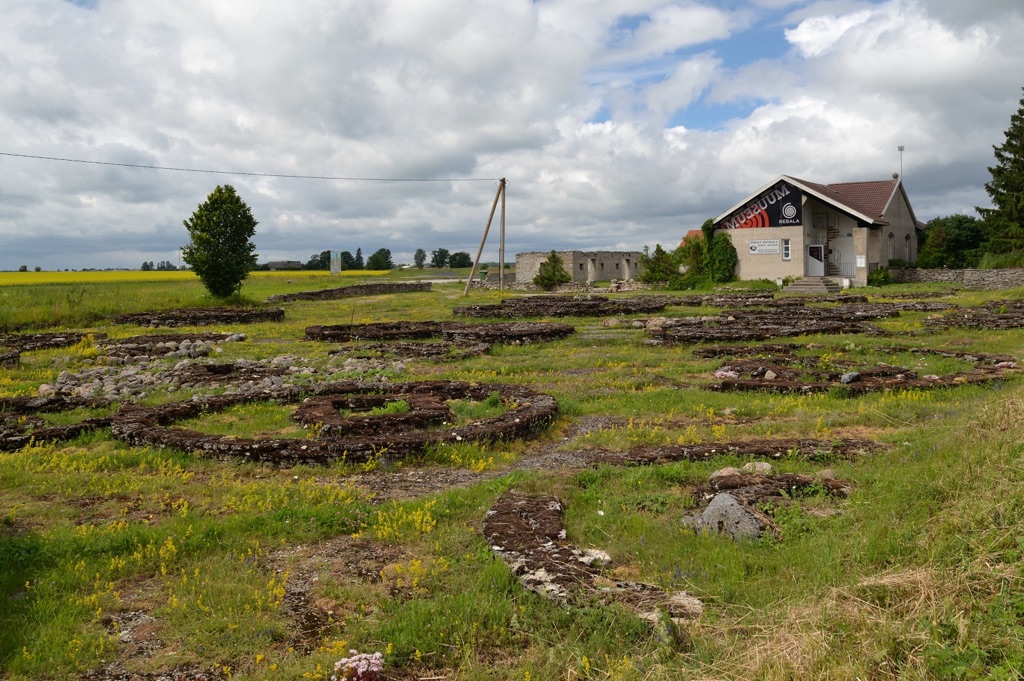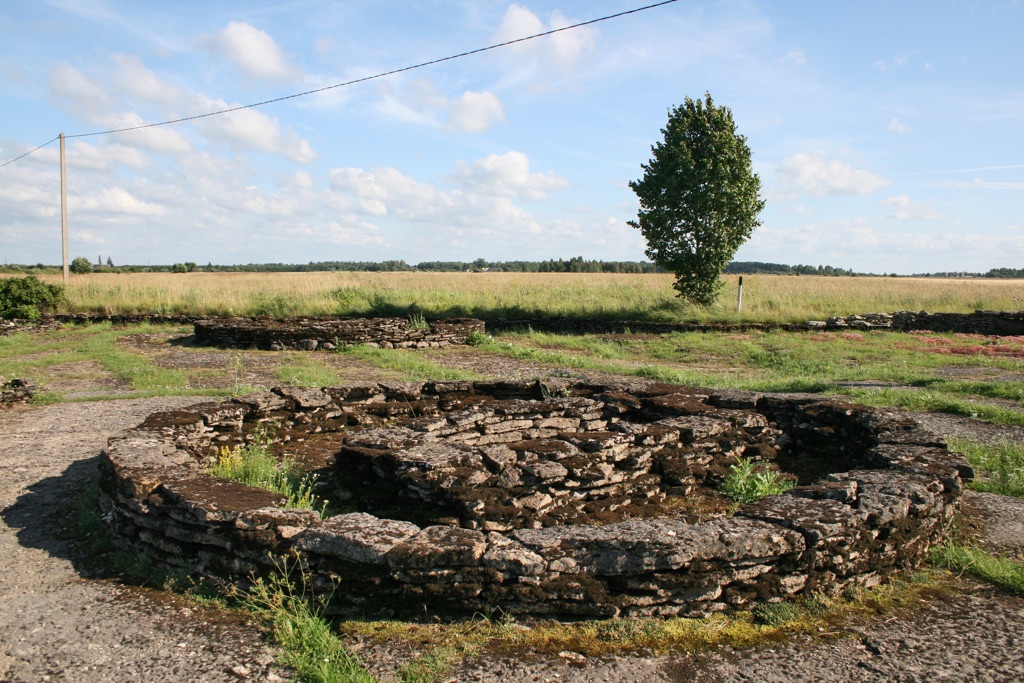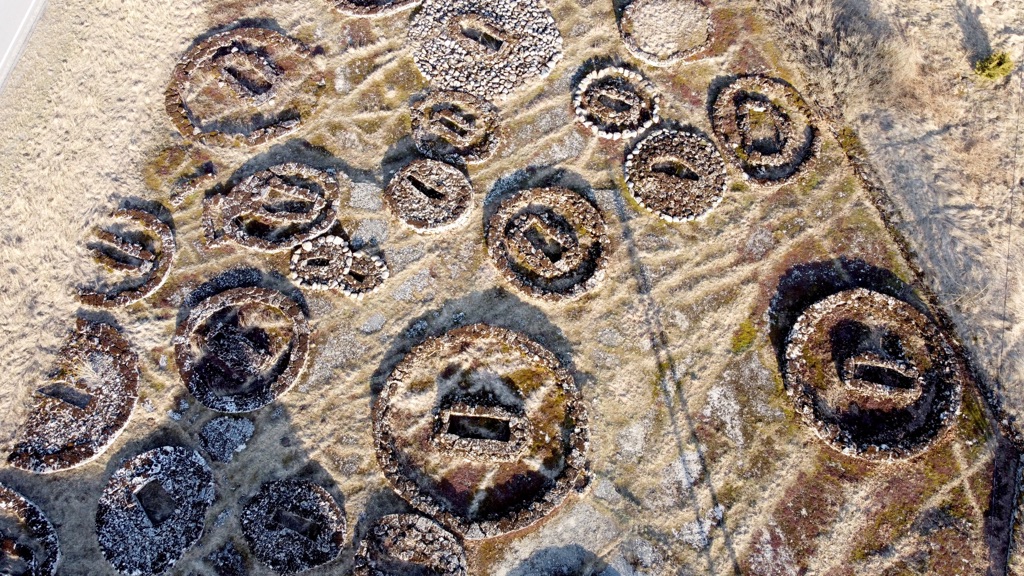Rebala is a significant archaeological area located in northern Estonia. It is renowned for its well-preserved ancient monuments, including stone-cist graves and a large number of ancient settlement sites. It covers around 70 square kilometres and contains more than 300 archaeological remains including stone-cist graves and cup-marked stones from the Bronze and Iron Ages.
Get your dose of History via Email
Historical Background of Rebala
Archaeologists discovered Rebala in the 1930s, revealing a treasure trove of ancient history. The area was first settled during the Bronze Age. Over time, it became a significant site for the local community. The stone-cist graves, characteristic of the region, date back to this period. These graves indicate a society with established rituals and beliefs surrounding death and the afterlife.
The builders of Rebala were the ancestors of modern Estonians. They left behind a landscape etched with their daily lives and spiritual practices. The area continued to be inhabited through the Iron Age. It became a canvas on which successive generations left their mark. This continuity of habitation provides historians with valuable insights into the evolution of human settlement in the region.
Rebala was not just a place of settlement. It also witnessed significant historical events. For instance, it was near the scene of the Battle of St. Matthew’s Day in 1217. This battle was a pivotal moment in Estonian and Northern European history. It marked the beginning of the Northern Crusades and the eventual Christianization of the region.

The discovery of Rebala was primarily due to the efforts of Estonian archaeologists. Their work has been instrumental in piecing together the history of the area. The preservation of the site allows for ongoing research and education. It ensures that the stories of those who lived there continue to be told.
Today, Rebala’s historical significance is recognized both locally and internationally. It serves as a reminder of the region’s rich past. It also stands as a testament to the importance of preserving cultural heritage. The site continues to attract researchers and visitors alike, eager to explore its ancient landscapes.
About Rebala
Rebala’s archaeological complex is a testament to ancient construction techniques and cultural practices. The stone-cist graves, made from large limestone slabs, are the most striking features. These graves were built to last, reflecting the reverence the ancient inhabitants had for their deceased.
The settlement sites within Rebala reveal the everyday lives of its ancient inhabitants. They include the remains of dwellings, agricultural plots, and artifacts. These artifacts range from pottery shards to tools and weapons. Each piece contributes to the story of a community that thrived in this region.

The preservation of Rebala’s archaeological sites offers a glimpse into the construction methods of the past. The use of local limestone, the layout of the graves, and the positioning of settlements all provide clues. These clues help us understand how the ancient people of this region interacted with their environment.
Theories and Interpretations
Several theories exist about the use and significance of Rebala’s archaeological sites. The stone-cist graves suggest a belief in an afterlife and the need for elaborate burial rituals. This indicates a society with complex spiritual beliefs.
Mysteries still shroud Rebala, particularly regarding the daily lives of its inhabitants. Archaeologists have had to interpret the settlement patterns and artifacts to reconstruct their lifestyle. These interpretations are based on comparisons with similar sites in the region.
Historians have matched the findings in Rebala with historical records from the region. This has helped to date the site and understand its role in broader historical events. For example, the proximity to the Battle of St. Matthew’s Day provides context for the fortifications.
Dating of the site has been carried out using various methods. Radiocarbon dating has been particularly useful in establishing a timeline for the settlement. This scientific approach has helped to confirm the age of the artifacts and structures found in Rebala.
The interpretations of Rebala’s purpose and significance continue to evolve. As new discoveries are made and techniques improve, our understanding of this ancient site deepens. It remains an active field of study for archaeologists and historians alike.

At a glance
Country: Estonia
Civilization: Ancestors of modern Estonians
Age: Bronze Age to late Iron Age

